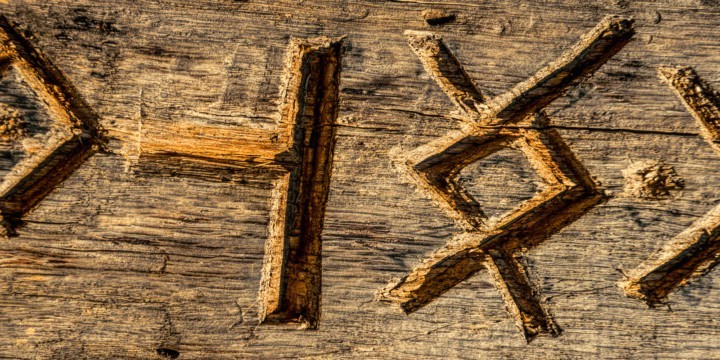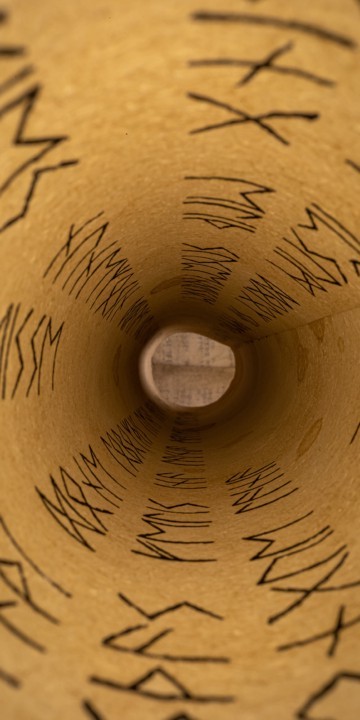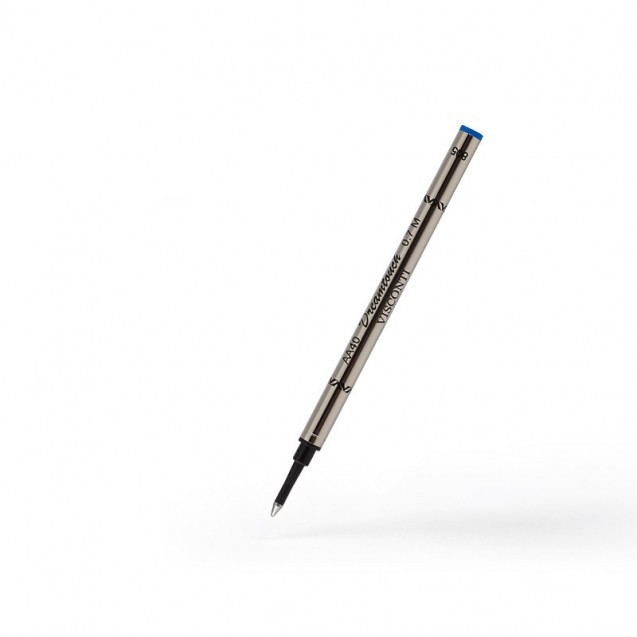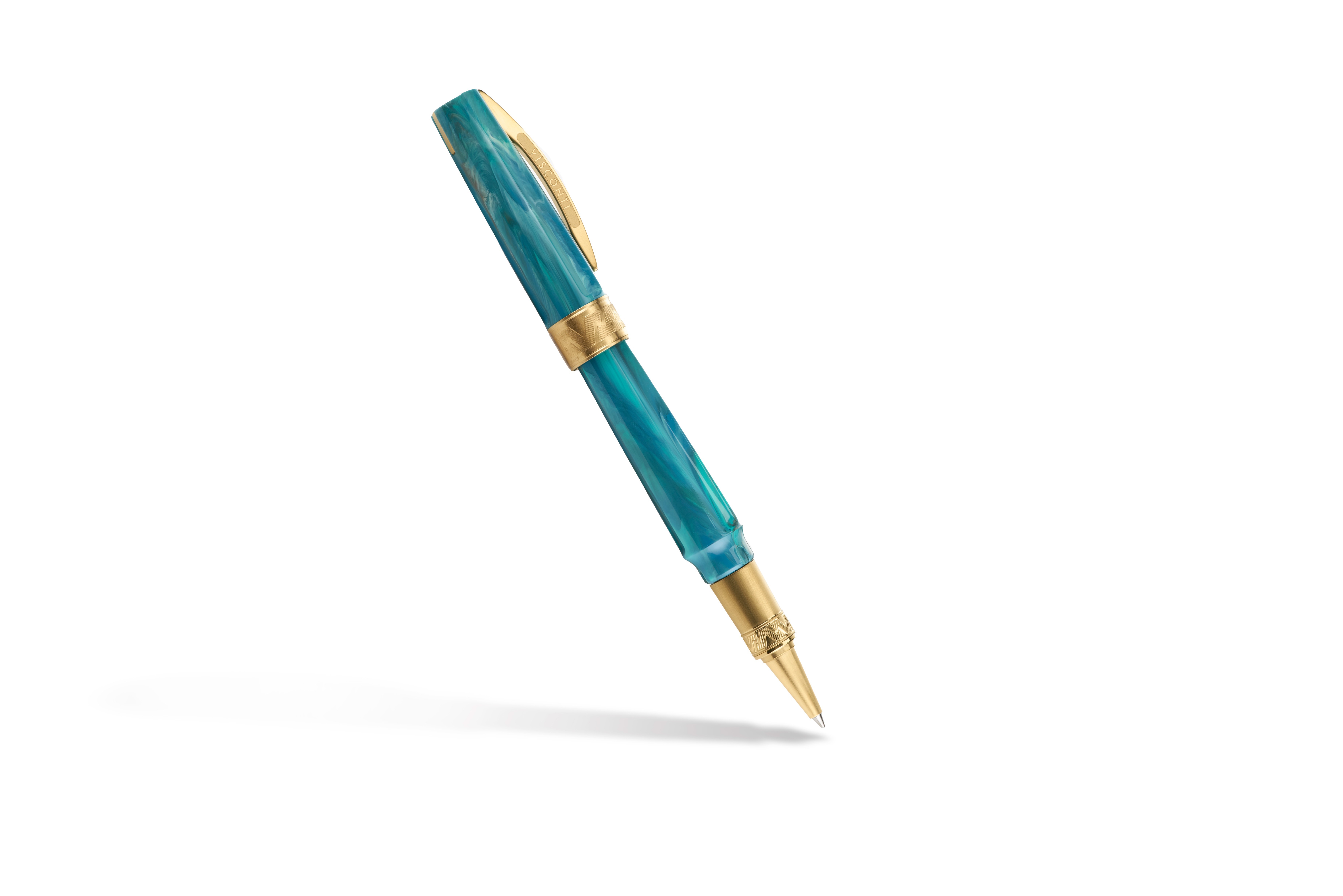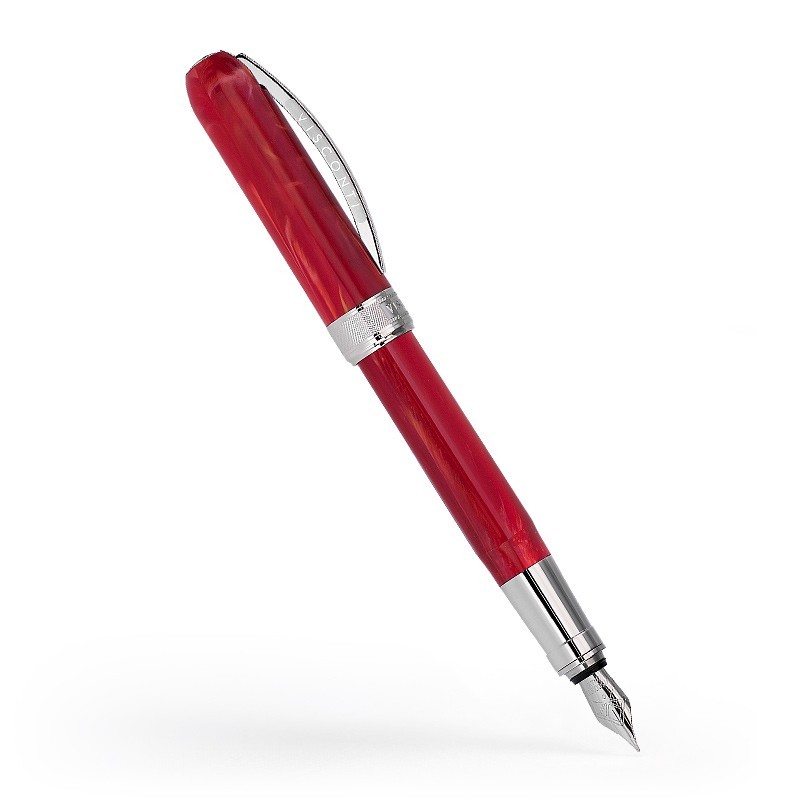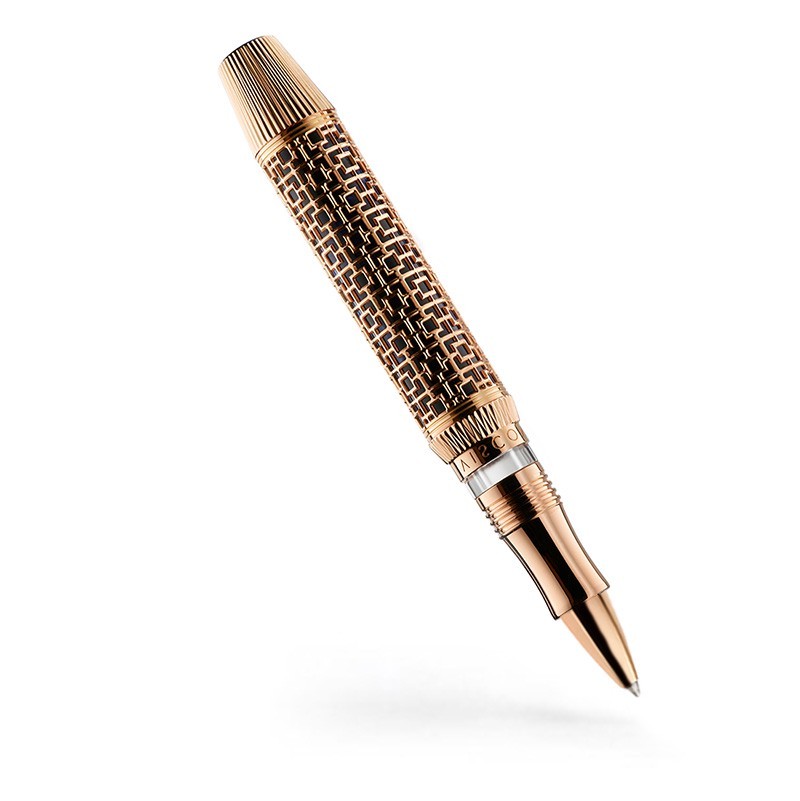The Futhark alphabet, more commonly known as the Futhark runic alphabet, is one of the oldest in the world. This set of signs and characters was used by numerous Germanic peoples to communicate, including the Norse, Angles, Jutes, and Goths. But why is it called this way? It takes its name from the sequence of the first six runes that make up this unique alphabet, much like the word abecedary came from the first three letters A, B, C. However, each rune is more than just a letter: it carries a specific concept and a symbolic meaning, so much so that scholars believe the origin of this word can be traced back to the Indo-European root ru, meaning precisely mystery or secret.
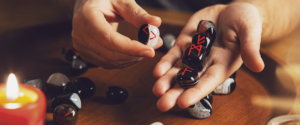
The origins of Futhark
After exploring the history of the Western alphabet and its evolution to the present day, it is now time to go even further back in time to the origins of the Futhark alphabet.
It is not easy to determine with certainty how this particular alphabet originated. Runes are thought to derive from the characters of the Italic alphabet, which in turn developed from the Etruscan one. According to this theory, runes are a product of the Greek colonization of southern Italy, more specifically from the city of Cumae, a crossroads between Hellenic and Etruscan civilizations. When these two cultures came into contact, they gave rise to the runic alphabet, later introduced in northern Europe by Germanic tribes. The only authentic runic inscriptions in Italy today can be seen at the Sanctuary of St. Michael the Archangel in Monte Sant’Angelo, in the province of Foggia, and inside the Catacombs of Saints Marcellinus and Peter in Rome, most likely connected to the first pilgrimages from northern Europe. If, on the other hand, one wants to trace back to the earliest runic engravings on stone, one must travel to Sweden and Norway, where artifacts dating from around 300-400 AD have been found.
Scandinavian tradition attributes the invention of runes to Odin, a source of power, wisdom, and magic in Norse mythology. That is why, even today, these particular characters are associated with esoteric and mysterious meanings.
The three versions of the Futhark alphabet
The Futhark runic alphabet has undergone several mutations over the centuries, resulting in three main versions, distinguished according to area of use and historical period. Indeed, it is possible to determine a runic script from the continental, northern, or insular area based on the number of signs they use.
The earliest runic series, a 24-character alphabet known as Elder Futhark, dates back to the 6th and 7th century AD, which runologists call the pre-migratory era. This series was common to all Germanic peoples, at least until the so-called Viking period between 750 and 1050, which saw a simplification of the signs, now reduced to 16, and the elimination of characters corresponding to vowels. The last runic series is the medieval one, used in Scandinavia until the 15th century and marked by characters much more similar to those of the Latin alphabet, partly because of the gradual spread of Christianity in northern European countries, which led to the introduction of the first documents written in Latin.
The art of runic inscriptions
The fervent production of runic inscriptions in the Viking Age allowed scholars and enthusiasts to learn about and study the meaning of the Futhark alphabet. Early engravings were made on particularly rigid materials such as wood and stone, as well as everyday objects such as iron spears or coins. Runic stones, however, are the most numerous and best-preserved finds: there are about 6,000 in Scandinavia alone, half of them in Sweden. They narrate the chronicles of the time, the life and death of the locals, but also describe the travels of the Vikings to distant lands. While these inscriptions provide little historical data, they have helped linguists define the characteristics of the Futhark runic alphabet, which consists of vertical, straight, and angular signs. These linear, well-defined lines arose from the need to facilitate the reading of early engravings. Writers of the time usually wrote on wooden surfaces they positioned horizontally, and to avoid any possible confusion with the wood grain, they eliminated all horizontal strokes. This necessity thus contributed to the emergence of geometric signs, far from the harmonious calligraphic style of Roman or Uncial script, but distinctive of an alphabet that became one of the leading cultural and linguistic institutions of the ancient Germanic peoples.
As we move towards the 12th century, it is possible to identify some similarities between runic characters and the Gothic script, whose letters are distinguished by their broken, geometric, and angular lines, much like the architectural style of the time. Thanks to Johannes Gutenberg and his printed Bible, this Gothic script became the most popular in medieval times across the West. It was even rediscovered in the 20th century in Germany in its Schwabacher variant, considered the only truly authentic Germanic script.
The decline of the Futhark alphabet
In the Late Middle Ages, written records relating to the history of Scandinavia were practically nonexistent since culture was primarily oral. The advent of Christianity, however, represented a fundamental religious and cultural revolution since it brought the advent of manuscripts in the Latin alphabet. Runes continued to be used only in engravings, and it was in Scandinavia that they survived longest in funerary inscriptions, only to fall into disuse by the beginning of the 15th century.




